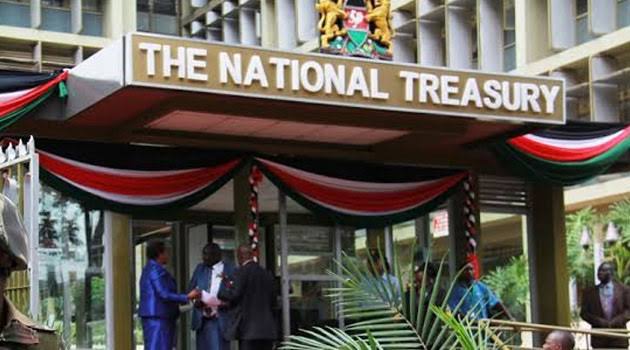Kenya’s 2025/26 Budget: Where’s the Ksh4 Trillion Going?
Kenya’s latest budget is out, and it’s packed with big plans for the economy, job creation, and essential services.
But let’s be real – budgets can feel like a maze of numbers.
So, here’s a simple breakdown of what you really need to know about the 2025/26 budget and how it affects you.

How Much Money Are We Talking About?
The government is working with a total budget of Ksh 4.26 trillion. Here’s how it stacks up:
Expected revenue is Ksh 3.39 trillion (this includes taxes and other government income) and projected spending is Ksh 4.26 trillion.
The budget deficit (the shortfall) is Ksh 831 billion, which will be covered through financing loans – both local and international.
In simple terms: the government is spending more than it’s collecting, but it’s trying to keep borrowing under control.
What Are the Big Priorities?
This budget isn’t just about numbers – it’s about where the money goes. The government has lined up five key areas for major investment under the Bottom-Up Economic Transformation Agenda (BETA):
✅ Agriculture – More food production, irrigation projects, and support for farmers.
✅ Small Businesses (MSMEs) – Boosting job creation through financial support and market access.
✅ Affordable Housing – Building more houses to close the housing gap.
✅ Healthcare – Strengthening Universal Health Coverage (UHC) and making healthcare more accessible.
✅ Digital Economy & Creative Industry – Expanding internet access, supporting content creators, and digitalizing services.
Beyond these, other key focus areas include infrastructure, manufacturing, climate change, education, and youth empowerment.
Who’s Getting What?
The Ksh 4.26 trillion budget is spread across different sectors. Here’s a snapshot:
- Ksh 3.1 trillion for running government operations (recurrent expenditure).
- Ksh 725 billion for development projects (things like roads, hospitals, and water supply).
- Ksh 436 billion will be sent to county governments to manage local projects.

A Closer Look at Some Key Sectors
Healthcare – More funding for hospitals, maternal and child healthcare, and rolling out Taifa Care, the new health insurance scheme.
Agriculture – Farmers will benefit from subsidized inputs, irrigation projects, and investment in key value chains like dairy and edible oils.
Security – More resources will go toward national security, fighting cybercrime, and strengthening law enforcement
Digital Economy – Expect more free public Wi-Fi, expansion of fibre networks, and opportunities for digital entrepreneurs.
Affordable Housing – New housing projects are in the pipeline, with a goal of making homeownership easier.
What’s The Big Picture?
This budget is all about balancing growth and financial discipline. The government wants to reduce debt, expand the tax base, and invest in key sectors that will drive economic recovery.
But the big question remains – will these plans translate into real change on the ground?
That’s what we’ll be watching in the months ahead. We shall offer more incisive breakdown of the FY 2025/26 in the coming weeks.
